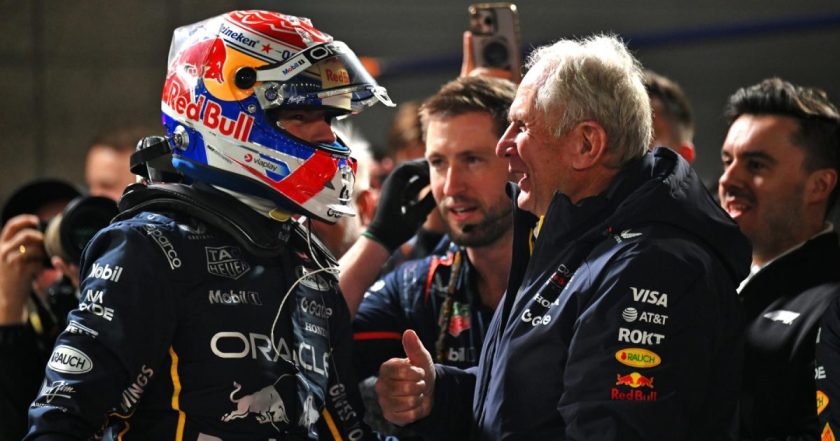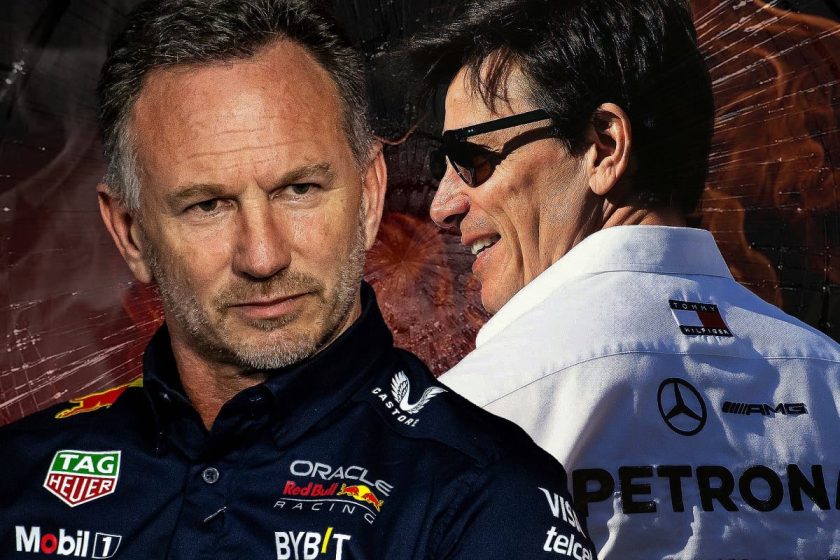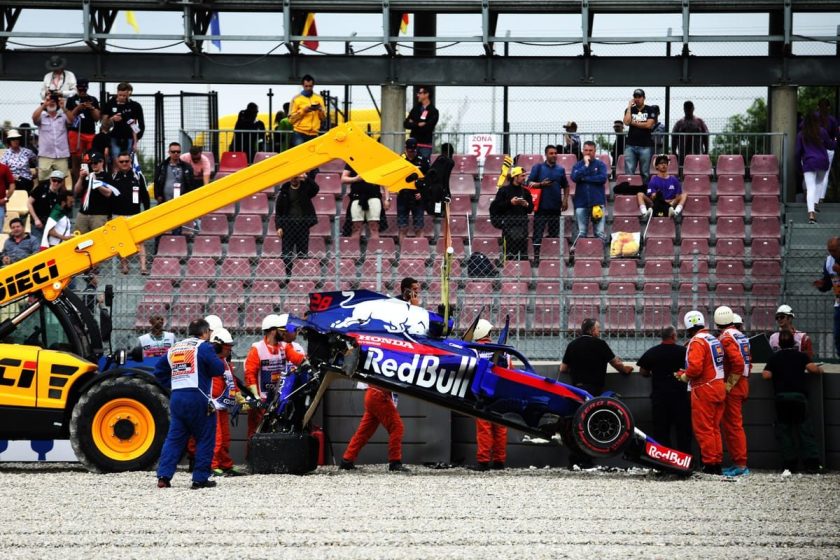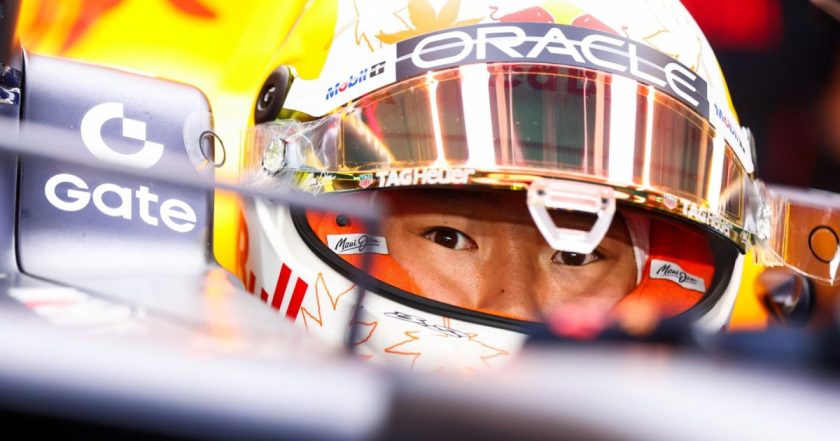While only a third of the 2025 Formula 1 season is completed, attention is already shifting to 2026 with new engine and chassis regulations on the horizon. This change is particularly significant for Red Bull, moving away from Honda power units to their own Red Bull Powertrains-Ford. Concerns surround whether the 2026 F1 regulations will impact competitiveness and lead to potential long-term dominance by a single team.
Discussions in the F1 community focus on avoiding excessive performance gaps post-regulation changes. Talks include considerations for manufacturers lagging behind and potential measures to prevent any team from establishing prolonged dominance akin to Mercedes from 2014 onwards. The conversations evolve around resources like extra dyno hours and budget cap allowances for engine development to ensure a level playing field.
The dialogue extends into shaping the kind of racing spectacle the 2026 rules will produce. Questions regarding energy deployment adjustments, the impact on fan experience, and strategies to enhance the on-track action are at the forefront. Collaboration among teams and manufacturers is deemed crucial to maintaining the excitement and quality of races while striving for competitive excellence.
Overall, the focus remains on finding a balance between technical innovation, sporting competitiveness, and providing an engaging racing entertainment for fans worldwide. The 2026 season stands as a pivotal moment in Formula 1’s evolution, and the discussions and decisions made now will undoubtedly influence the future landscape of the sport.





